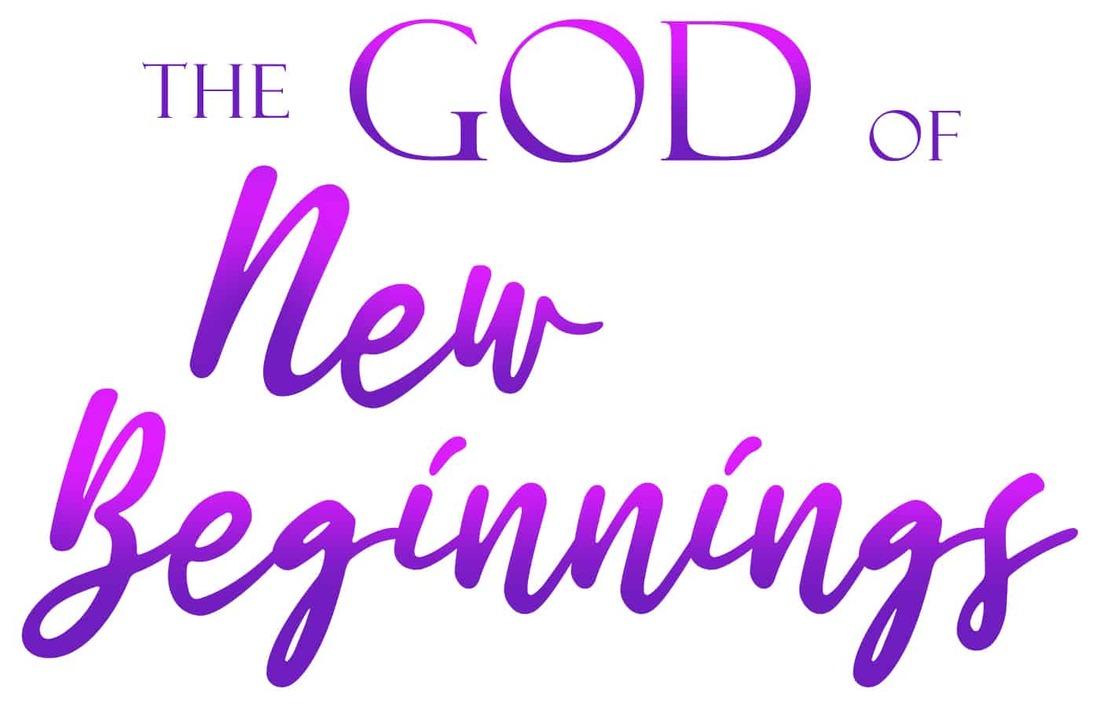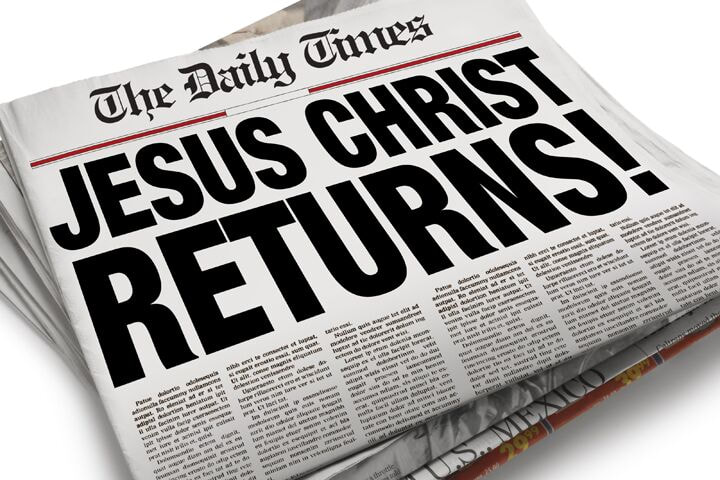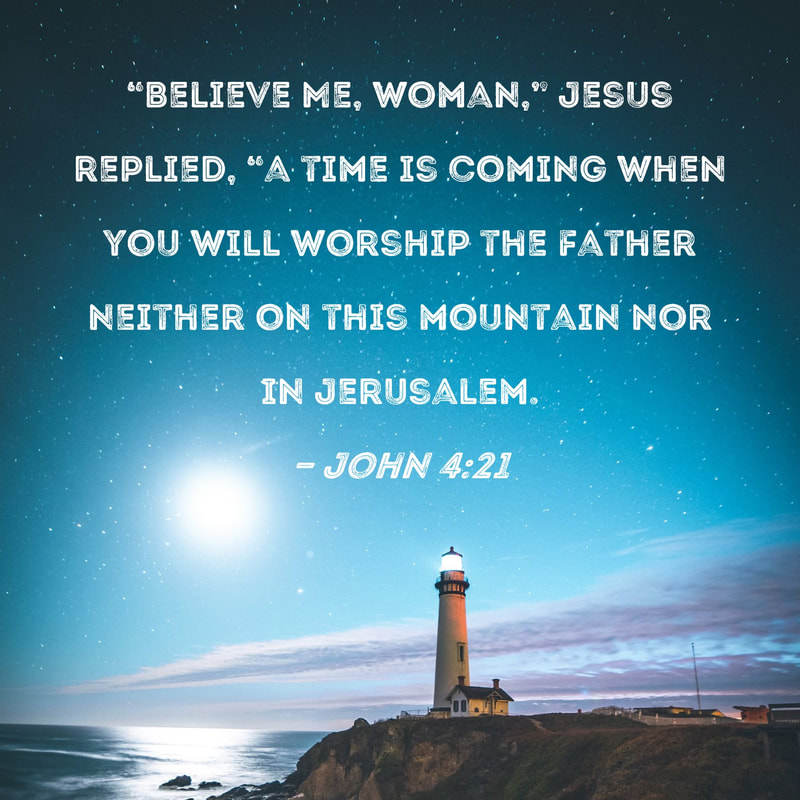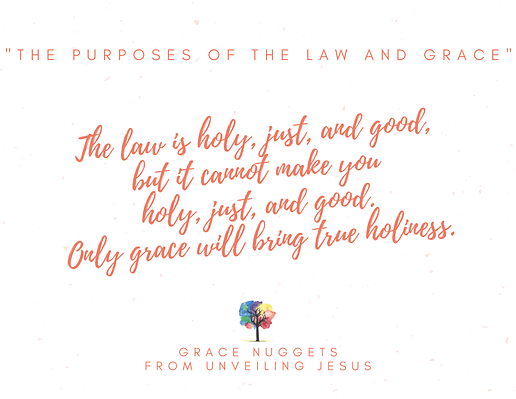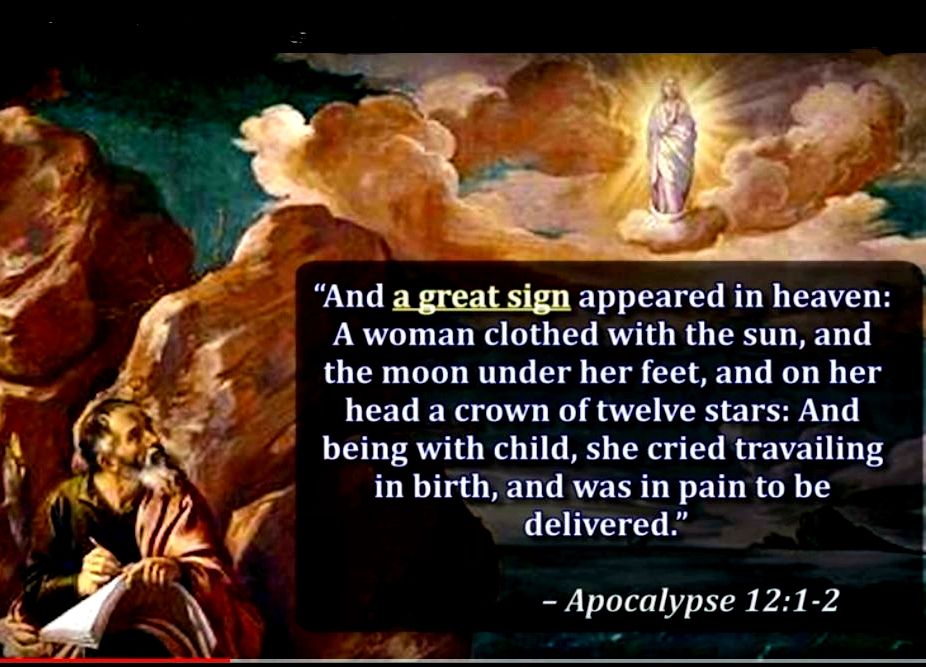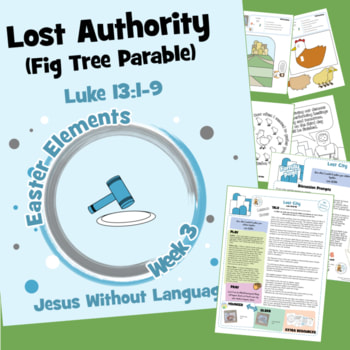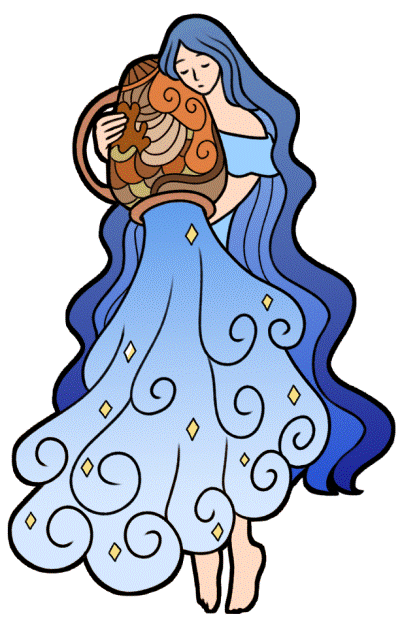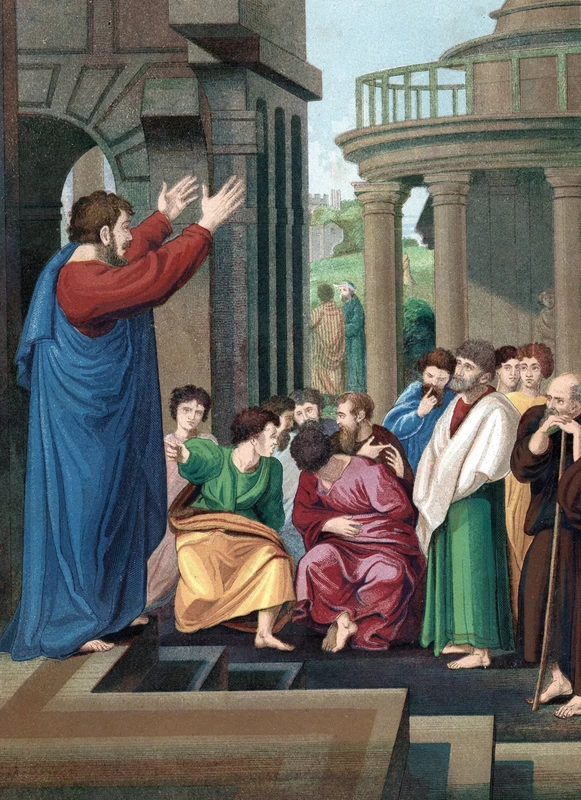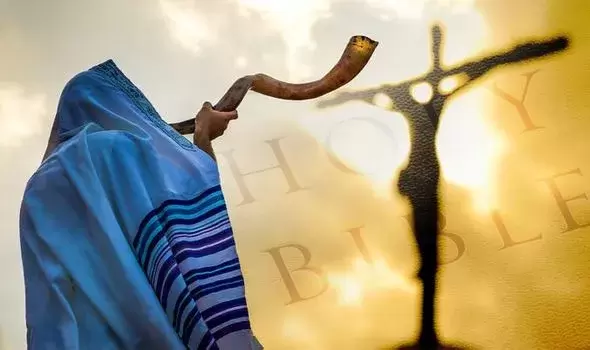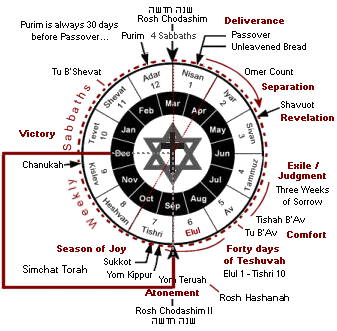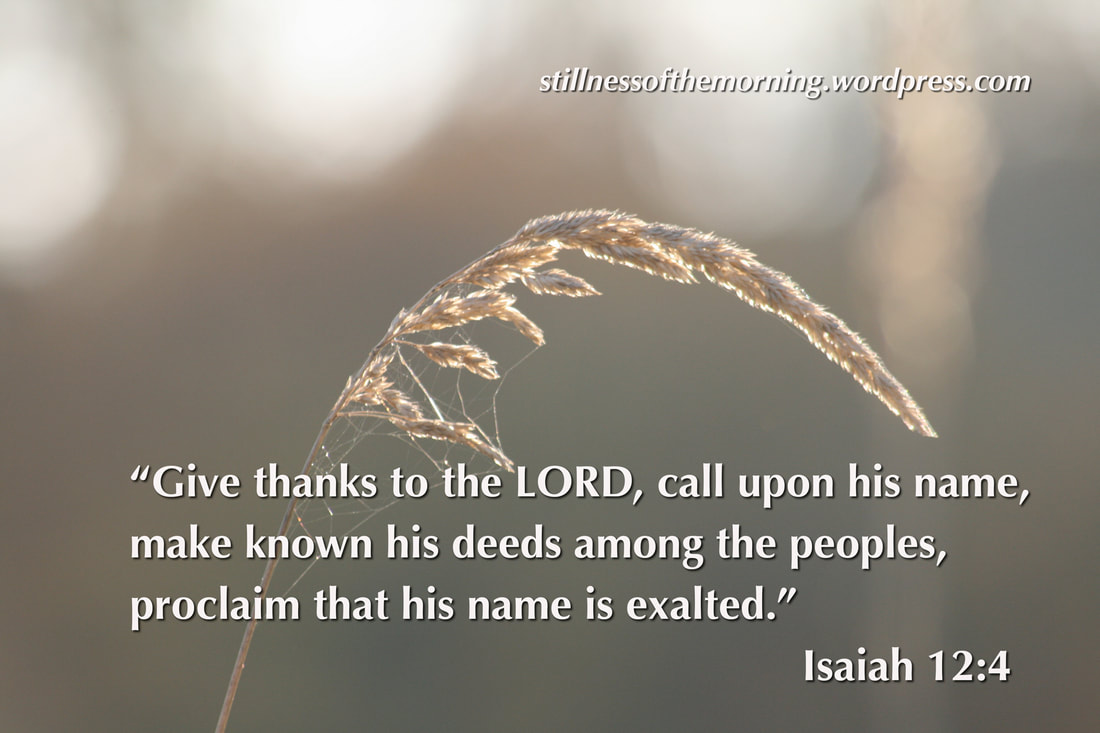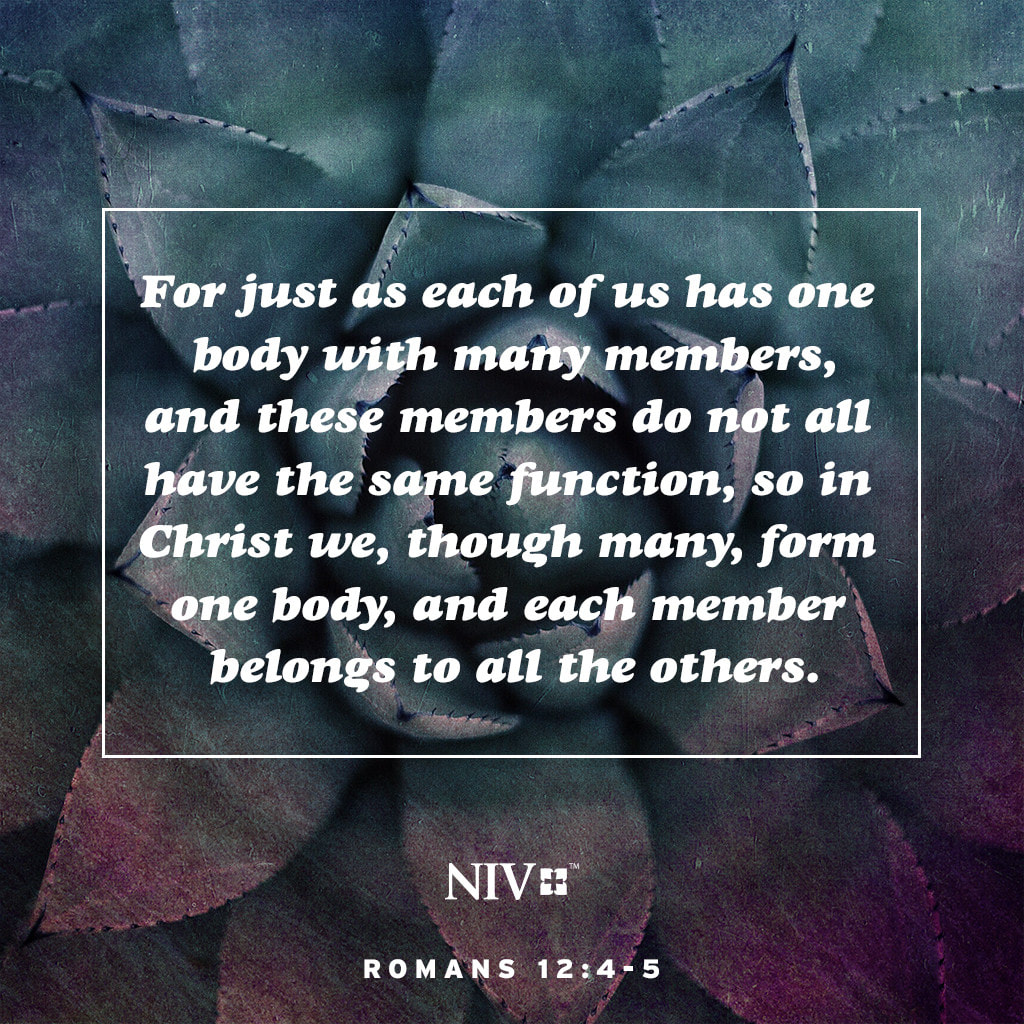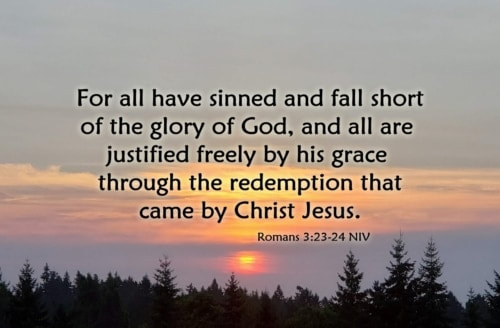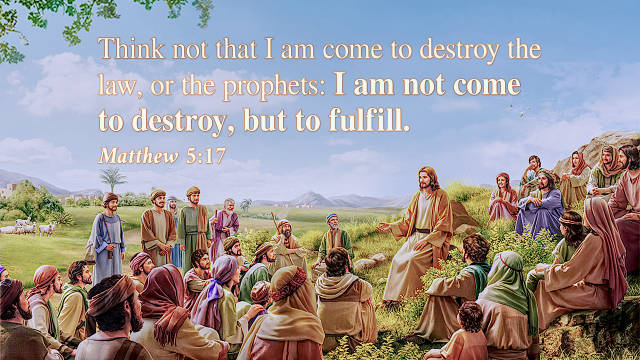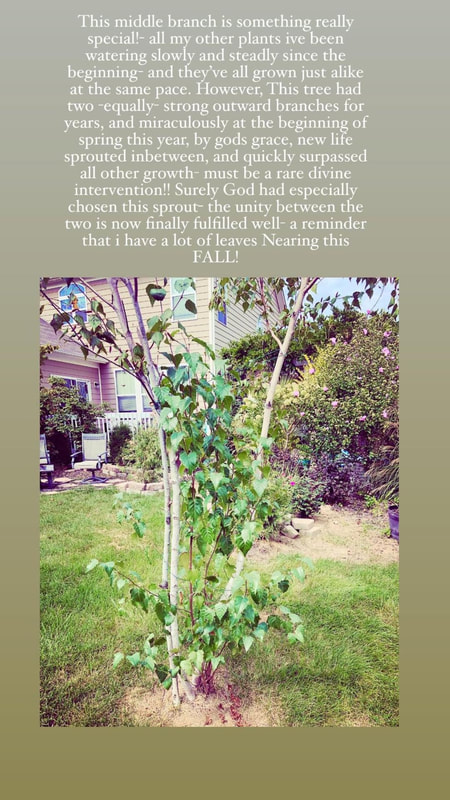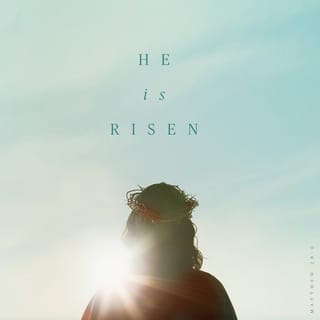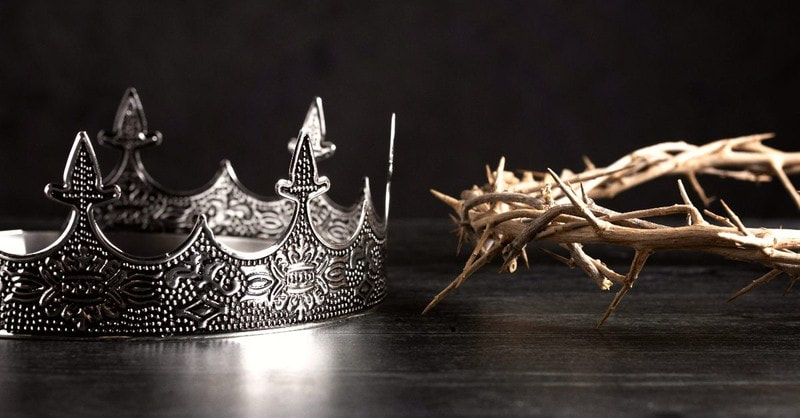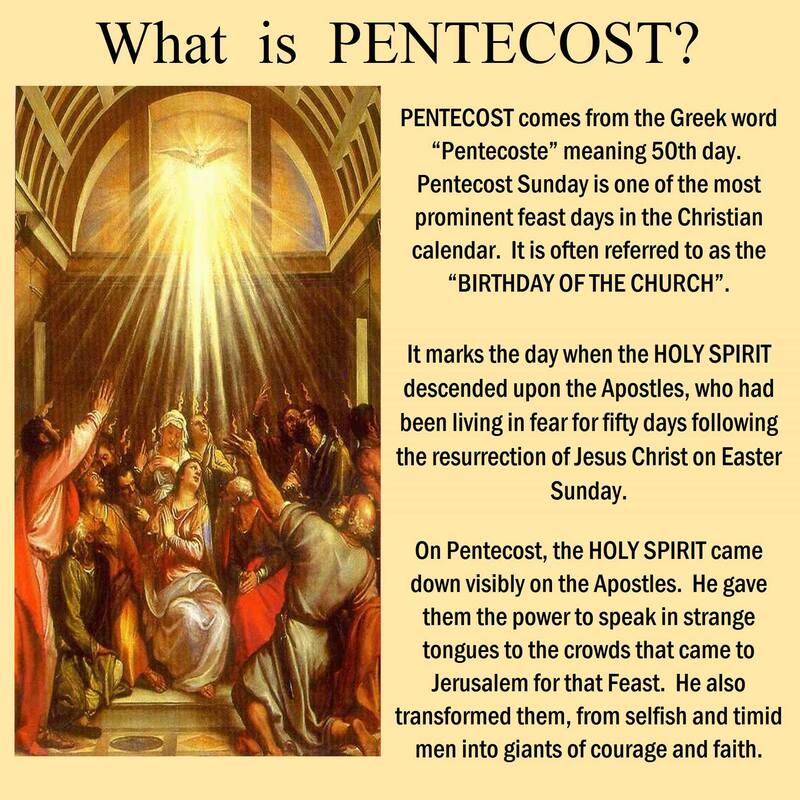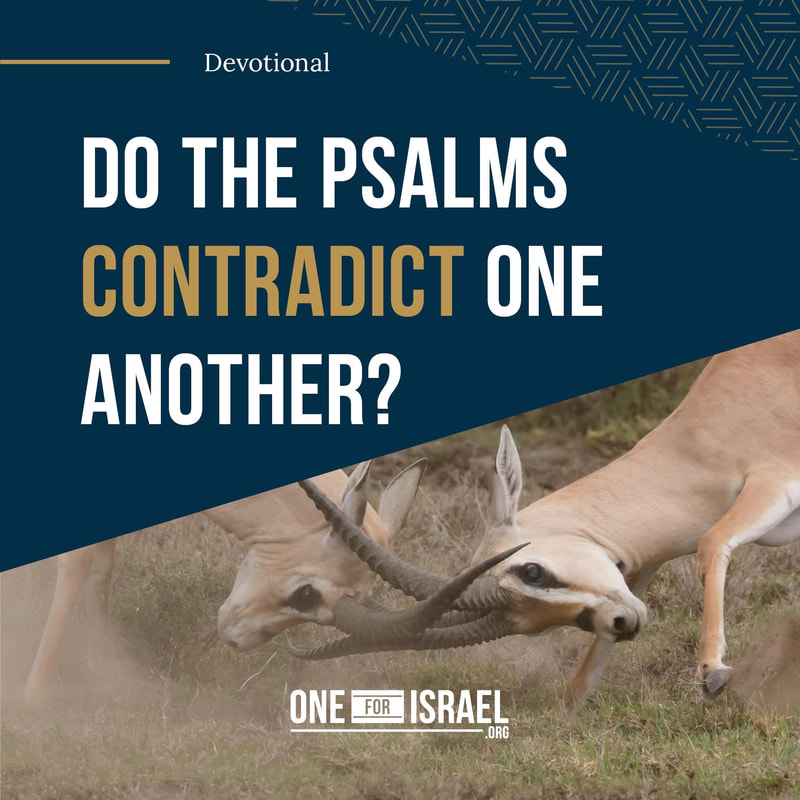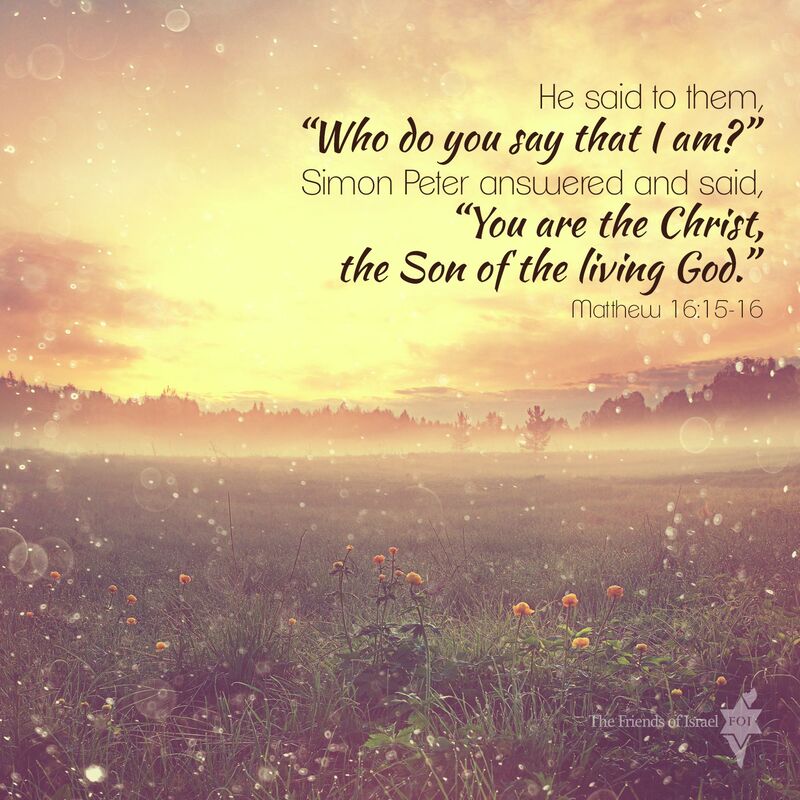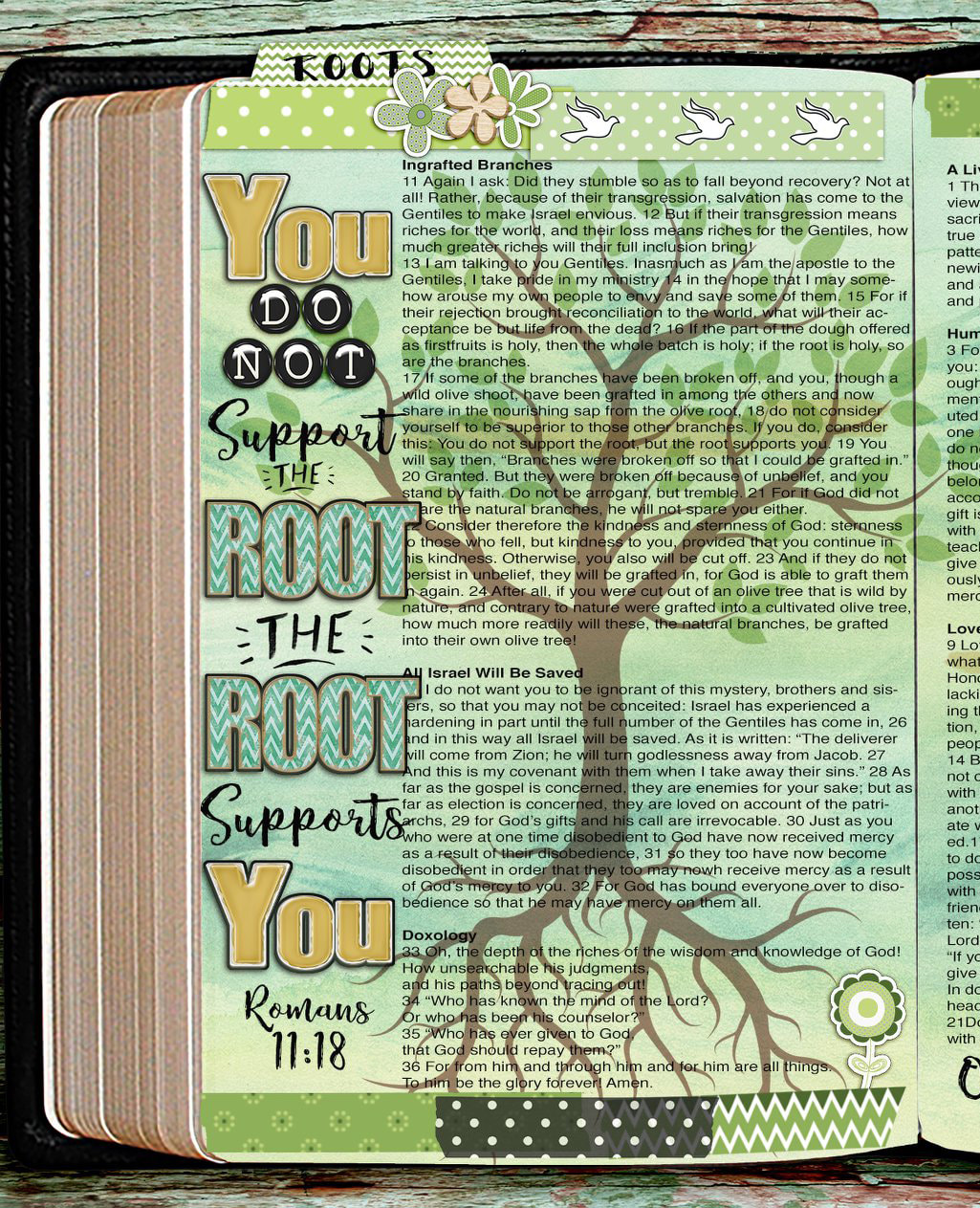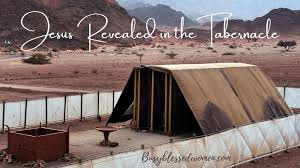Since we know that all Scripture is God-breathed and therefore accurate (2 Timothy 3:16), we can rest assured that there are always explanations for seeming inconsistencies. In biblical days, roosters were common within the towns and cities. The first crowing often occurred around midnight. The second crowing could be expected before daybreak. Jesus’ prediction about Peter’s denials meant that Peter would have opportunities all night long to repeat the validating claim he made when he told Jesus, “You are the Christ, the Son of the living God” (Matthew 16:16). However, despite three opportunities, the overconfident Peter denied His Lord every time. When daylight came, Jesus’ mock trial was over, and Peter lost his opportunities to defend Jesus as he had claimed he would do (Mark 14:29).
Jesus did not say that Peter would deny Him before any rooster’s crow. So the report of a first crowing does not negate the validity of Jesus’ words. In those days, when someone made the comment “before the rooster crows,” it would have been commonly understood to mean the crowing at daybreak. But morning was not the only time roosters crowed. As anyone who has lived on a farm can attest, roosters crow whenever they feel like it. A rooster can crow when he senses danger, when another rooster threatens his flock, or simply because he got his days and nights mixed up. So it is perfectly understandable that Jesus would have been precise in prophesying to Peter that a rooster would actually crow twice during the time Peter was denying Him.
The first crowing would not have been noticed by Peter at that moment, since people were used to hearing roosters at random times. It is similar to how people living near train tracks get used to hearing the noise of trains and stop noticing the sound. But when the morning rooster crowed, Peter was struck with the accuracy of Jesus’ words, and he went out and wept bitterly.
It is also noteworthy that Mark was a close associate of Peter’s (1 Peter 5:13) and would have obtained many details for his Gospel from Peter himself. After the fact, Peter would have considered the first crowing more significant than he did at the time. Jesus’ prophetic words must have played over and over in his head as he then recalled the first crowing and then the second. It seems likely that, in his retelling of that night to Mark, Peter would have made mention of both crowings. Mark does not in any way contradict the other accounts, which only mention the second crowing. The second crowing was the most important one, since it marked the end of Peter’s testing.
Because of the prominence of the story of Peter and the rooster, recorded in all four Gospels, the rooster, or cock, has at times been used as a Christian symbol. Some churches even place a rooster atop their steeples. Used as a symbol, the rooster represents the weakness of man and the grace of Christ in forgiving sinners. Peter three times denied his Lord and Savior, but he was forgiven, restored, and sent out to live for the glory of God (John 21:15–19). The rooster reminds us that Christ extends hope to sinners everywhere.
The rooster, used as a Christian symbol, can also represent watchfulness. Before His arrest, Jesus prayed in the garden and asked His disciples to do the same. But He found them sleeping, and He said to Peter, “Are you asleep? Couldn’t you keep watch for one hour? Watch and pray so that you will not fall into temptation” (Mark 14:37–38). Later that night, Peter did indeed fall into temptation, and the rooster’s crow served as his spiritual wake-up call. The rooster can still be a reminder today that we must watch and pray and live as children of light: “You are all children of the light and children of the day. We do not belong to the night or to the darkness” (1 Thessalonians 5:5).
The rooster could also be seen as proclaiming the start of a new day. In Christ, all things become new (2 Corinthians 5:17). A new day of forgiveness and grace has dawned, and believers, saved by grace, proclaim the good news to a world in need of light.
Jesus is never impressed with our fleshly bravado such as Peter expressed in Matthew 26:35. Jesus knows our hearts better than we do (Matthew 9:4; Luke 9:47). But, even though He knows the ways we will fail Him, our Lord does not stop loving us or using us to further His message. Those rooster crowings must have haunted Peter for many years and may have helped him stay humble, watchful, and committed to his calling. Our past failures can be battle scars in our lives as well, propelling us toward greater devotion and stricter loyalty to Jesus when we recall how much we have been forgiven (see Luke 7:47).
The debate rages over whether “the rock” on which Christ will build His church is Peter, or Peter’s confession that Jesus is “the Christ, the Son of the Living God” (Matthew 16:16). In all honesty, there is no way for us to be 100% sure which view is correct. The grammatical construction allows for either view. The first view is that Jesus was declaring that Peter would be the “rock” on which He would build His church. Jesus appears to be using a play on words. “You are Peter (petros) and on this rock (petra) I will build my church.” Since Peter’s name means rock, and Jesus is going to build His church on a rock – it appears that Christ is linking the two together. God used Peter greatly in the foundation of the church. It was Peter who first proclaimed the Gospel on the day of Pentecost (Acts 2:14-47). Peter was also the first to take the Gospel to the Gentiles (Acts 10:1-48). In a sense, Peter was the rock “foundation” of the church.
The other popular interpretation of the rock is that Jesus was referring not to Peter, but to Peter’s confession of faith in verse 16: “You are the Christ, the son of the living God.” Jesus had never explicitly taught Peter and the other disciples the fullness of His identity, and He recognized that God had sovereignly opened Peter’s eyes and revealed to him who Jesus really was. His confession of Christ as Messiah poured forth from him, a heartfelt declaration of Peter’s personal faith in Jesus. It is this personal faith in Christ which is the hallmark of the true Christian. Those who have placed their faith in Christ, as Peter did, are the church. Peter expresses this in 1 Peter 2:4 when he addressed the believers who had been dispersed around the ancient world: “Coming to Him as to a living stone, rejected indeed by men, but chosen by God and precious, you also, as living stones, are being built up a spiritual house, a holy priesthood, to offer up spiritual sacrifices acceptable to God through Jesus Christ.”
At this point, Jesus declares that God had revealed this truth to Peter. The word for “Peter,” Petros, means a small stone (John 1:42). Jesus used a play on words here with petra (“on this rock”) which means a foundation boulder, as in Matthew 7:24, 25 when He described the rock upon which the wise man builds his house. Peter himself uses the same imagery in his first epistle: the church is built of numerous small petros “living stones” (1 Peter 2:5) who, like Peter, confess that Jesus is the Christ, the Son of the living God, and those confessions of faith are the bedrock of the church.
In addition, the New Testament makes it abundantly clear that Christ is both the foundation (Acts 4:11, 12; 1 Corinthians 3:11) and the head (Ephesians 5:23) of the church. It is a mistake to think that here He is giving either of those roles to Peter. There is a sense in which the apostles played a foundational role in the building of the church (Ephesians 2:20), but the role of primacy is reserved for Christ alone, not assigned to Peter. So, Jesus’ words here are best interpreted as a simple play on words in that a boulder-like truth came from the mouth of one who was called a small stone. And Christ Himself is called the “chief cornerstone” (1 Peter 2:6, 7). The chief cornerstone of any building was that upon which the building was anchored. If Christ declared Himself to be the cornerstone, how could Peter be the rock upon which the church was built? It is more likely that the believers, of which Peter is one, are the stones which make up the church, anchored upon the Cornerstone, “and he who believes on Him will by no means be put to shame” (1 Peter 2:6).
John 10 begins with Jesus addressing the Pharisees (John 9:40) with a parable or figure of speech about the authenticity of the shepherd and his care for the sheep in contrast with the inauthenticity of thieves and robbers who would harm the sheep (John 10:1–5). John adds that the audience did not understand what Jesus was saying (John 10:6), so Jesus continues down the same illustrative path with another parable to further clarify the first one, and He adds in the middle of His next parable that God gives us life “more abundantly” (John 10:10, NKJV).
Jesus first emphasizes that He is the door of the sheep (John 10:7)—He is the authentic shepherd He mentioned in the first parable (John 10:2). Jesus adds that those who enter through the door—through the authentic shepherd (or good shepherd, as He calls Himself in John 10:10)—will be saved, going in and out and finding pasture (John 10:9). With these references Jesus is explaining that He is the way, the truth, and the life and that no one comes to the Father except through Him (John 14:6). He is the authentic shepherd, or the good shepherd who provides life (or freedom and pasture, in the parable) for His sheep.
Jesus then reiterates the contrast between Himself and the thief who comes to steal and destroy. Jesus comes to give us life more abundantly (John 10:10). He would accomplish this—as a good shepherd would—by laying His life down for His sheep (John 10:11). Jesus would lay down His own life (John 10:18) as a sacrifice for sin so that those who believe in Him would not be lost (perish) but would have eternal life (John 3:16)—God would give them life more abundantly (John 10:10).
There are many worldviews and belief systems that claim to offer a way for us to have true life, to be fulfilled, and to be like God—Satan’s first temptation of humanity offered an alternative way to be like God (Genesis 3:5). But Jesus is the authentic shepherd—the good shepherd (John 10:11) who provides the way to right relationship with the Father (John 14:6). It is only through Jesus that God gives us life more abundantly (John 10:10).
The Pharisees were essentially enslaving the people they taught. The pharisaical system was legalistic and taught that, if people adhered closely enough to the Law of Moses, then—and only then—they could participate in God’s kingdom and receive His blessing. Jesus chastises the Pharisees sternly, explaining that the Pharisees were teaching the wrong path to righteousness and life (Matthew 5:20). Jesus explained in His Sermon on the Mount (Matthew 5—7) that the appearance of external righteousness was not authentic righteousness and that, in order to have righteousness and life more abundantly, one needed to believe in Him (John 6:47).
In the parables of John 10, Jesus is contrasting Himself especially with the Pharisees. They were the thieves and the robbers who were harming the sheep, and He was the authentic or good shepherd through whom God gives life more abundantly (John 10:10). The Pharisees’ path was deceptive and led to death. This is why Jesus on more than one occasion referred to them as vipers (Matthew 3:7, 12:34, 23:33). Jesus’ path, on the other hand, led not only to life, but to life overflowing, life more abundantly. Jesus’ path was the authentic and true path to righteousness and abundant life. Through Him we have life more abundantly (John 10:10).
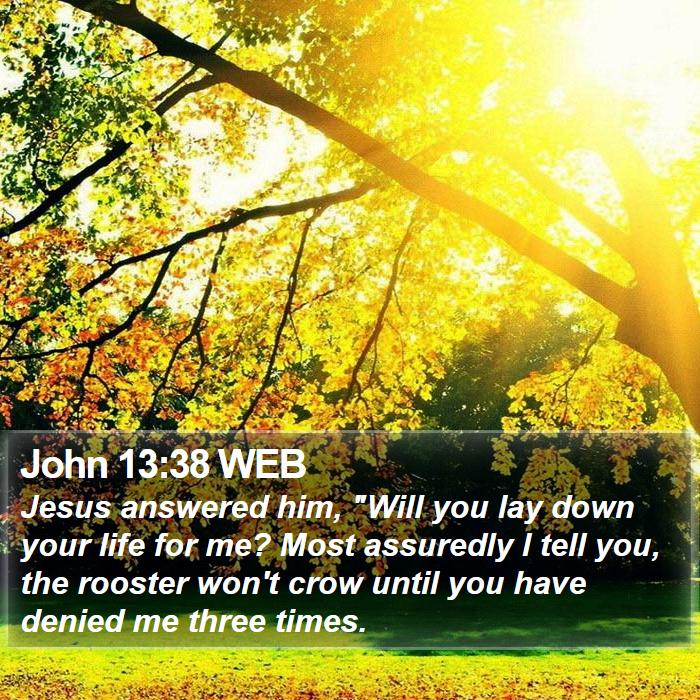
 RSS Feed
RSS Feed



